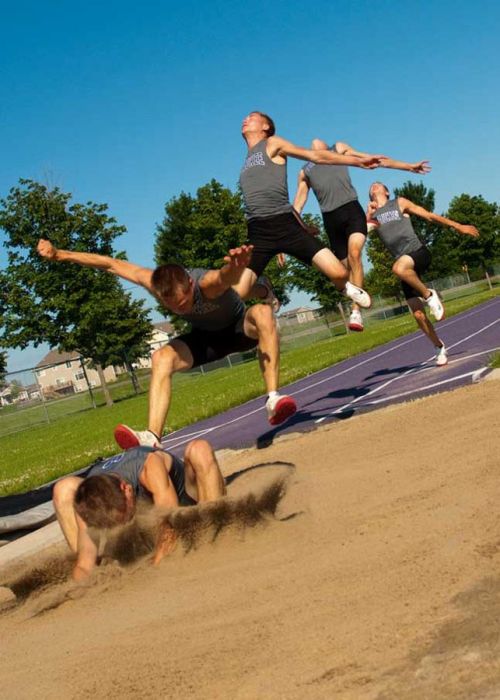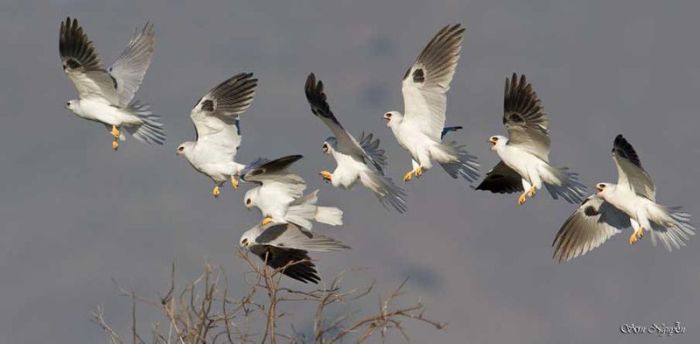

- #SEQUENTIAL PHOTOGRAPHY MANUAL#
- #SEQUENTIAL PHOTOGRAPHY PRO#
- #SEQUENTIAL PHOTOGRAPHY ISO#
- #SEQUENTIAL PHOTOGRAPHY PROFESSIONAL#
- #SEQUENTIAL PHOTOGRAPHY SERIES#
Settings: When using a DSLR, it’s best to shoot in manual mode to ensure the exposure is consistent across all of your images. If you’d prefer a faster fps but don’t want the burden of a heavy kit, a mirrorless camera could be everything you’re looking for. If you’re a photography enthusiast, an advanced smartphone might meet your requirements.

So, while a DSLR is your safest bet, the type of camera you should choose depends on your needs.

Even smartphones are beginning to have continuous shooting options.
#SEQUENTIAL PHOTOGRAPHY PRO#
While DSLRs can shoot between 60, 50, 30, 25, and 24fps, the latest iPhone13 Pro makes it possible to shoot ten photos per second in burst mode, and many other phone manufacturers aren’t far behind. In fact, most cameras with the highest frames per second (fps) are mirrorless.īut, as technology advances, we’re even seeing impressive continuous shooting options for smartphones. However, these days mirrorless cameras are pushing the envelope as far as what’s possible in continuous shooting mode. Using a fast camera helps you to select the best-timed frames.
#SEQUENTIAL PHOTOGRAPHY PROFESSIONAL#
And, in a professional DSLR, the buffer memory is quite generous. The buffer size determines how many images you can take before the camera runs out of room and must pause an image capture to let the camera catch up. They have raised the bar for what’s possible in sequence photography, often outperforming other cameras, especially in terms of the camera’s buffering capacity. Professionals generally consider DSLRs as the best camera for continuous shooting. A wide-angle lens will come in handy as well. Sure, you might be able to get the odd great shot, but chances are, you won’t capture a sequence of compelling and sharp action shots unless you’re shooting with a camera that can capture a high frame-rate. It’s important to note, while most cameras will allow you to capture fast-moving subjects, some cameras are better suited for the job. A wide-angle lens will come in handy to expand the space between each movement in the sequence (more on that later). Here’s what you’ll need: A camera, a tripod, and photo editing software, such as Adobe Photoshop. Sequence photos allow the viewer to see the progression of something in motion as it’s happening. The technique lends itself perfectly to dynamic action shots-think of an airborne snowboarder launching off a super pipe, a horse ascending over a fence on a showjumping course, or a tennis player bouncing a tennis ball before power-serving their way to victory.Īnd, there are countless ways to incorporate sequence photography into your portfolio-it’s just a question of knowing how. But, unlike video, the movements are frozen, frame by frame. The viewer is able to study the rapid progression of movement as it happens. Photographers have long wrestled with infusing an element of movement into static images, harnessing techniques such as motion blur, panning blur, and so on, but sequence photography offers a whole new perspective. A merged photo sequence offers a radically different perspective than what can be captured in a single image. Each photo is then stitched together to display the subject in various positions throughout the frame.
#SEQUENTIAL PHOTOGRAPHY SERIES#
The technique involves shooting a series of rapid-fire photos that capture a subject in successive motions. Sequence photography allows photographers to convey movement in a way that simply isn’t possible in a single shot. Or, you can also pan and shoot vertically and stitch all your shots together in a panorama in post-processing.With the right gear and know-how, sequence photography can be a fun and exciting tool to incorporate in your next project. To make this work in your photography, you can frame one shot where all the action will happen and use tripod. Used by the world’s best sports photographers, sequences bring the path or route of your subject or athlete to life, so your viewers can experience and understand the motion of the sport. One striking technique to show motion in a single shot is to shoot action sequences.
#SEQUENTIAL PHOTOGRAPHY ISO#
We’ll be telling those stories every week here on 500px ISO and the Red Bull Photography website.

Behind every shot on Red Bull Photography is a talented photographer, a wild story, and a few lessons learned. This partnership isn’t just about amazing photography-it’s also about amazing stories. Red Bull Photography recently joined our community with a verified brand profile of their own.


 0 kommentar(er)
0 kommentar(er)
